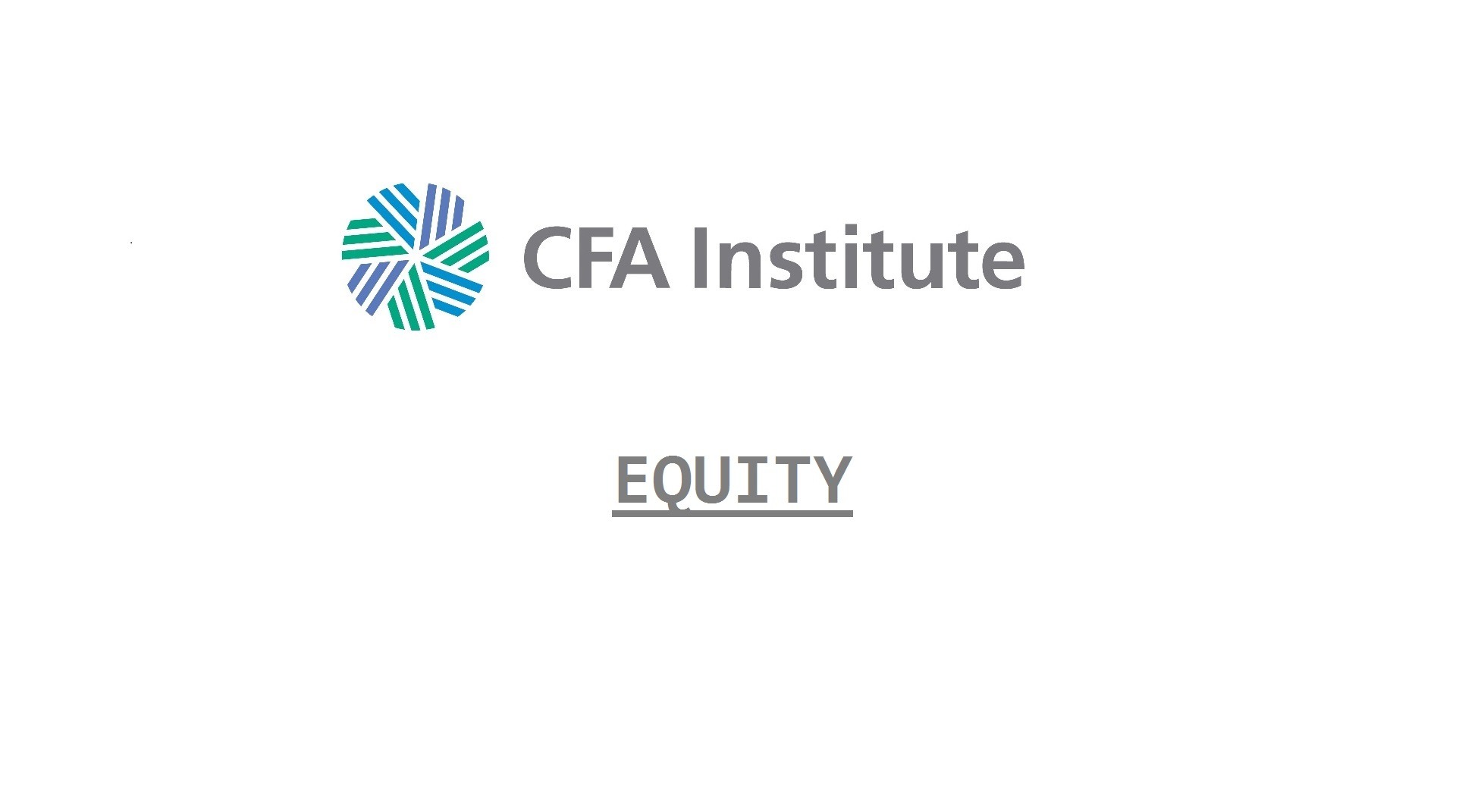There are different multistage models we often prefer to use to value a company, as the single stage model assumption of perpetual dividends can be seen as unrealistic. We chose the model that best matches with a firm’s expected pattern of growth.
The most basic multistage model is a two-stage DDM in which we assume the company grows at a high rate for a relatively short period of time (the first stage) and then reverts to a long-run perpetual growth rate (the second stage).

In the H-model, we assume that the growth rate starts out high and then declines linearly over the high-growth stage until it reaches the long-run average growth rate.

Three-stage models are appropriate for firms that are expected to have three distinct stages of earnings growth. A three-stage model is a slightly more complex refinement of a two-stage model.

Finally, in practical application, we can use a spreadsheet to model any patter of growth for any length of years, as long as we have the necessary data on a firm.
